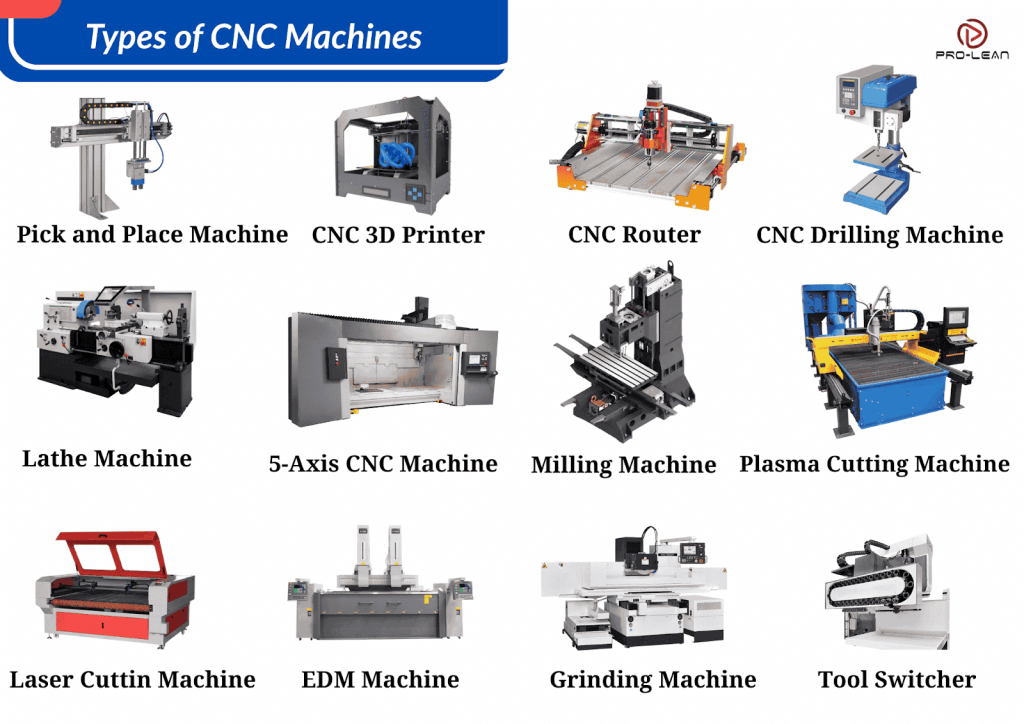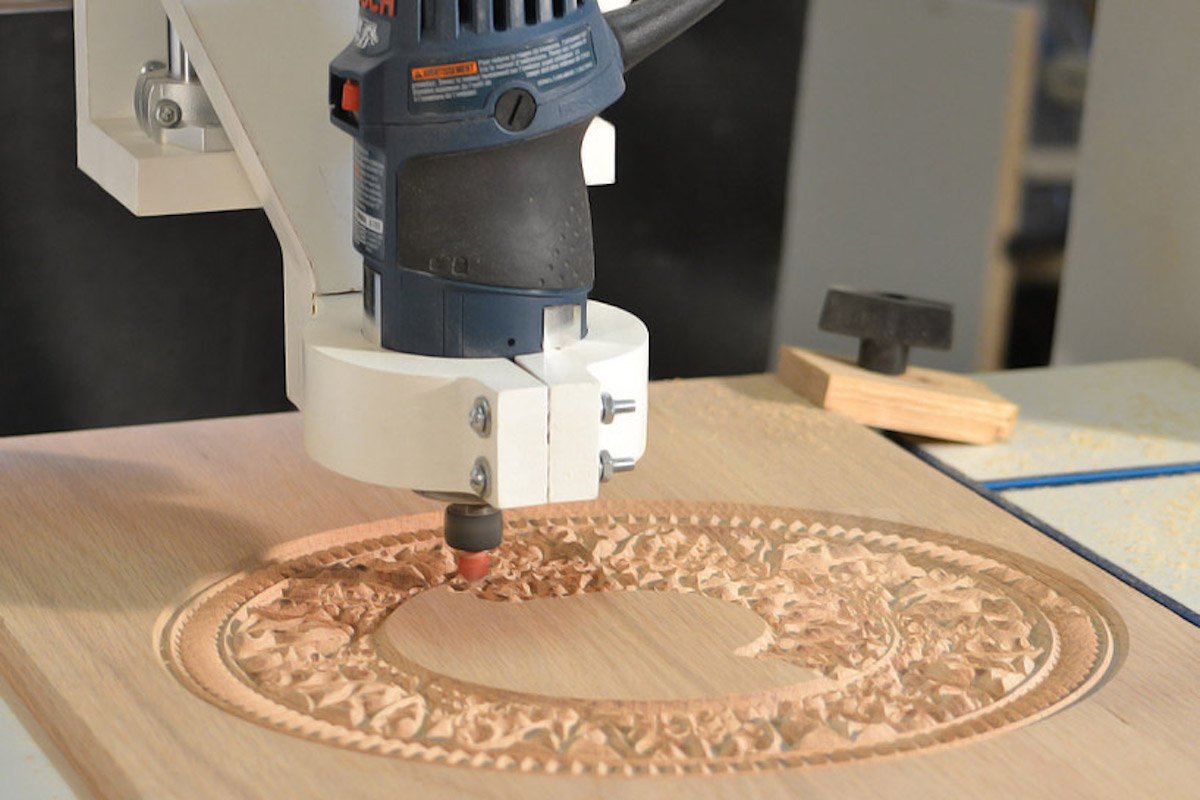The manufacturing process of Обработка на станках с ЧПУ or Computer Numerical Control machining uses computer-controlled machines to create precise parts and components from various materials. The technology has transformed modern manufacturing through its ability to produce complex parts with high precision and repeatability and efficiency for aerospace, automotive, medical and consumer electronics industries. CNC machining operates through pre-programmed software which controls tools and machinery to eliminate human mistakes and boost manufacturing output beyond manual methods.
Основы обработки с ЧПУ
The fundamental operation of CNC machining relies on computer-controlled tools and machinery through numerical data. A CNC machine uses digital files to interpret instructions which direct the movement of tools and workpieces. The machine receives instructions through digital files which determine its actions for cutting and drilling and milling and turning and grinding operations to transform raw materials into finished parts.
The key components of a CNC system include:
- Станок с ЧПУ: The physical equipment, such as a mill, lathe, router, or grinder, equipped with motors and tools to perform specific tasks.
- Контроллер: The computer or microcontroller that interprets the programmed instructions and sends signals to the machine’s motors.
- Программное обеспечение: Computer-Aided Design (CAD) and Computer-Aided Manufacturing (CAM) software are used to design parts and generate the toolpaths for machining.
- Tools and Workpiece: Cutting tools (e.g., drills, end mills) shape the workpiece, which is the raw material (e.g., metal, plastic, wood) being machined.

Как работает обработка с ЧПУ
The CNC machining process involves several key steps, from design to finished product. Below is a detailed breakdown of the process:
1. Designing the Part
The process begins with creating a digital model of the part using CAD software. Engineers or designers use CAD to create 2D or 3D models that define the part’s geometry, dimensions, and tolerances. The design includes all necessary specifications, such as hole placements, surface finishes, and material requirements.
2. Converting to Machine Instructions
Once the design is complete, CAM software translates the CAD model into a set of instructions called G-code. G-code is a programming language that tells the CNC machine how to move its tools and workpiece. It includes commands for tool paths, cutting speeds, feed rates, and other parameters. The CAM software optimizes the toolpaths to ensure efficient machining and minimal material waste.
3. Setting Up the CNC Machine
Before machining begins, the operator prepares the CNC machine. This involves:
- Securing the Workpiece: The raw material is clamped or fixed to the machine’s worktable or fixture to ensure stability during machining.
- Installing Tools: The appropriate cutting tools are loaded into the machine’s tool holder or turret.
- Inputting the Program: The G-code is uploaded to the CNC machine’s controller, and the operator verifies the setup to ensure accuracy.
4. Machining the Part
With the setup complete, the CNC machine executes the G-code instructions. The machine’s motors move the tools and workpiece in precise coordination, removing material through processes like:
- Фрезерование: A rotating tool cuts material from the workpiece to create flat surfaces, slots, or complex contours.
- Поворот: The workpiece rotates while a stationary tool shapes it, typically used for cylindrical parts.
- Бурение: A rotating drill creates holes in the workpiece.
- Шлифование: An abrasive wheel removes small amounts of material to achieve a smooth surface finish.
The CNC machine operates with high precision, often achieving tolerances as tight as ±0.001 inches (0.025 mm), depending on the machine and material.
5. Post-Processing and Quality Control
After machining, the part may undergo post-processing steps such as deburring, polishing, or coating to achieve the desired surface finish or properties. Quality control checks, including dimensional inspections using tools like calipers, micrometers, or coordinate measuring machines (CMMs), ensure the part meets the specified tolerances and standards.
Типы станков с ЧПУ
CNC technology is versatile and can be applied to various types of machines, each suited for specific tasks:
- Фрезерные станки с ЧПУ: Used for cutting flat and contoured surfaces, slots, and pockets. They typically operate on three to five axes for complex geometries.
- Токарные станки с ЧПУ: Designed for turning cylindrical parts, such as shafts and bolts, by rotating the workpiece against a cutting tool.
- Маршрутизаторы с ЧПУ: Similar to mills but optimized for softer materials like wood, composites, and plastics.
- Плазменные резаки с ЧПУ: Use a plasma torch to cut through metal sheets, ideal for large-scale cutting.
- Лазерные резаки с ЧПУ: Employ a laser beam for precise cutting and engraving of materials like metal, plastic, and wood.
- Шлифовальные станки с ЧПУ: Used for precision finishing, creating smooth surfaces and tight tolerances.

Материалы, используемые при обработке на станках с ЧПУ
CNC machining is compatible with a wide range of materials, including:
- Металлы: Aluminum, steel, stainless steel, titanium, brass, and copper.
- Пластмассы: Acrylic, polycarbonate, nylon, and PTFE.
- Композиты: Carbon fiber, fiberglass, and reinforced plastics.
- Wood: Hardwoods, softwoods, and plywood.
- Foam and Other Materials: Used for prototyping or specialized applications.
The choice of material depends on the part’s application, strength requirements, and environmental conditions.
Преимущества обработки с ЧПУ
CNC machining offers numerous benefits, making it a preferred manufacturing method for many industries:
- Точность и аккуратность: CNC machines produce parts with tight tolerances and consistent quality.
- Повторяемость: Once programmed, the same part can be produced repeatedly with minimal variation.
- Сложные геометрии: CNC machines can create intricate shapes that are difficult or impossible with manual machining.
- Эффективность: Автоматизация сокращает время производства и трудозатраты.
- Гибкость: CNC machines can be reprogrammed for different parts, making them suitable for both prototyping and mass production.
Limitations of CNC Machining
Despite its advantages, CNC machining has some limitations:
- High Initial Costs: CNC machines and software require significant investment.
- Материальные отходы: Subtractive processes like CNC machining remove material, which can lead to waste compared to additive manufacturing methods like 3D printing.
- Skilled Operators Required: Programming and setup demand technical expertise.
- Size Constraints: The size of the workpiece is limited by the machine’s work envelope.
Области применения механической обработки с ЧПУ
CNC machining is widely used across industries due to its versatility and precision. Common applications include:
- Аэрокосмическая промышленность: Manufacturing complex components like turbine blades and structural parts.
- Автомобили: Producing engine parts, gears, and custom components.
- Медицина: Creating surgical instruments, implants, and prosthetics.
- Электроника: Fabricating enclosures, heat sinks, and circuit board components.
- Прототипирование: Rapidly producing prototypes for testing and development.
Будущее обработки с ЧПУ
Advancements in CNC technology continue to enhance its capabilities. Integration with artificial intelligence (AI) and machine learning is improving toolpath optimization and predictive maintenance. Hybrid manufacturing, which combines CNC machining with additive manufacturing, is gaining traction for creating complex parts with minimal waste. Additionally, advancements in multi-axis machining and automation are expanding the possibilities for producing intricate components with even greater efficiency.
Заключение
CNC machining is a cornerstone of modern manufacturing, offering unparalleled precision, flexibility, and efficiency. By leveraging computer-controlled systems, it enables the production of complex parts across a wide range of industries. While it has some limitations, ongoing technological advancements are addressing these challenges, ensuring CNC machining remains a vital tool in the manufacturing landscape. Whether for prototyping or large-scale production, CNC machining continues to shape the future of how we create and innovate.


